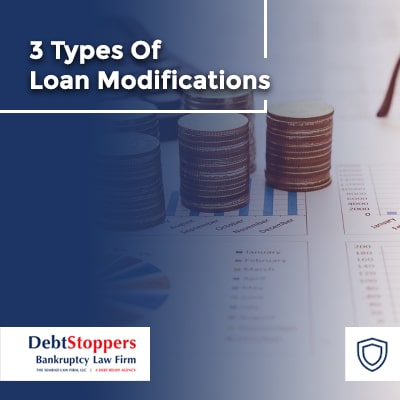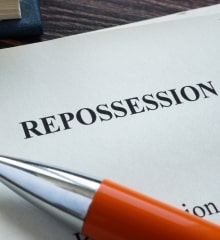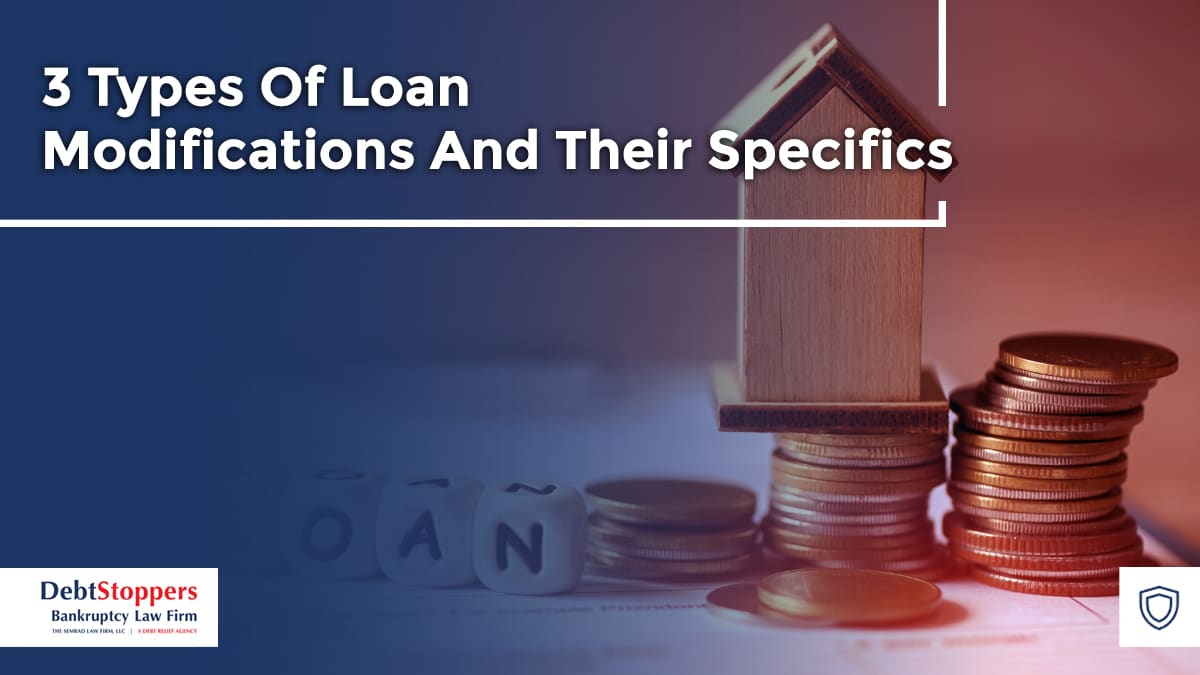For homeowners facing financial challenges, a loan modification can be a lifeline. Modifying your mortgage can create a more affordable path forward instead of losing your home to foreclosure or struggling with unmanageable monthly payments. However, it is important to understand the different types of loan modifications and ultimately choose the right solution for your specific situation.
A loan modification means changing one or more terms of your mortgage to make the loan more affordable or manageable. Unlike refinancing, which replaces your loan with a new one, a modification adjusts the terms of your existing mortgage. Loan notifications can include reducing the interest rate, extending the length of the loan, or even reducing the principal balance.
Loan modifications can be used as an alternative to foreclosure and may be offered through government programs, private lenders, or negotiated directly with the company servicing your loan. Loan modifications are designed to help borrowers who are experiencing long-term financial hardship, such as job loss, medical emergencies, or divorce, but who are still able to make consistent monthly payments under the newly adjusted loan terms.

3 Types Of Loan Modifications
There are several ways a lender can modify a loan, depending on your financial situation and the lender’s policies. The most common loan modification strategies are interest rate reductions, term extensions, and principal reductions.
Interest rate reduction
Lowering the interest rate is one of the most common forms of loan modification. By reducing the interest rate on your mortgage, your monthly payment becomes more affordable, even though the loan balance remains the same.
For example, if your interest rate drops from 7% to 5%, the monthly payment on a $200,000 mortgage could be reduced by hundreds of dollars.
Interest rate reductions can be temporary or permanent. In many cases, the lower rate is locked in for the remainder of the loan, which provides ongoing relief. However, in some modifications, the rate may increase again after a set period of time.
Extension of the loan term
Another common method of reducing monthly payments is to extend the length of the loan. If you originally had a 30-year mortgage and have been paying for 10 years, extending the remaining balance back out over 30 years can lower your monthly obligation. It’s also possible to extend a loan beyond the typical 30-year mortgage.
It’s important to know that this strategy will mean you ultimately pay more interest over the life of the loan, but it can be used to create breathing room and give you time to stabilize your finances. This approach is especially useful for borrowers who have fallen behind on payments and need to spread out their arrears over a longer timeline.
Principal Reduction
Principal reduction is less common but can offer significant relief in cases where the current market value of the home is below the outstanding loan balance. In a principal reduction, the lender agrees to forgive a portion of the mortgage debt, bringing the loan more in line with the home’s actual value.
For example, if your home is worth $180,000 but you owe $240,000, a lender might agree to reduce the principal to $190,000 to prevent foreclosure. This type of modification is more likely when a home is underwater and the lender determines that forgiving part of the balance is more financially advantageous than going through a foreclosure.
It is important to know that principal reductions usually require significant documentation of hardship and negotiation expertise. Lenders are not obligated to offer principal reductions, but if you are underwater, a lawyer may be able to help you get a principal reduction.
How many loan modifications are you allowed to get?
There’s no one-size-fits-all answer to how many loan modifications a borrower can receive. It largely depends on your lender’s policies, the type of modification programs available, and your ability to demonstrate continued hardship.
Some government-backed loans, like those through Fannie Mae or Freddie Mac, allow multiple modifications under their Flex Modification programs if you meet the eligibility criteria each time. Other lenders may limit the number of modifications or require a certain amount of time to pass before reapplying.
If your situation worsens after a prior modification or if you experience a new financial setback, you may be eligible for another review. An experienced attorney can assess your eligibility and present a strong case for additional modifications.

How can DebtStoppers help you with your loan modification?
The experienced attorneys at DebtStoppers understand how overwhelming mortgage stress can be. We have more than two decades of experience working directly with lenders and loan services to negotiate terms that make sense for your situation.
We will start by evaluating your finances, reviewing your mortgage documents, and identifying the type of modification that could provide the most relief. We are here to advocate on your behalf. We can also help you explore alternatives, which can temporarily halt foreclosure and open new avenues for negotiation.
A loan modification isn’t guaranteed, but with experienced legal professionals in your corner, your chances of success improve dramatically. At DebtStoppers, we are proud of our track record of helping families stay in their homes with dignity.
If you’re struggling to make your mortgage payments or facing foreclosure, don’t wait until it’s too late. Loan modification may be the solution you need, but knowing your options and having the right support can make all the difference.





